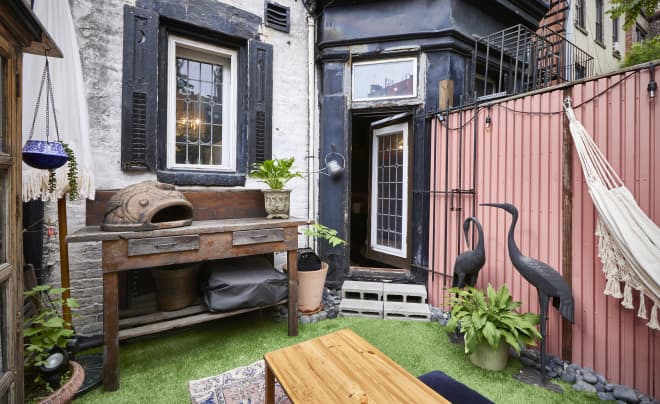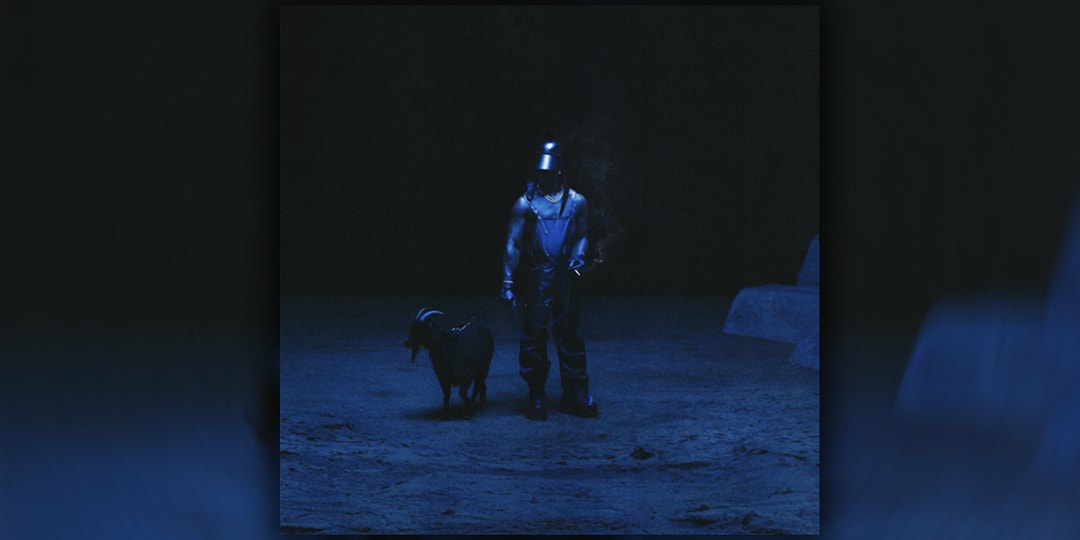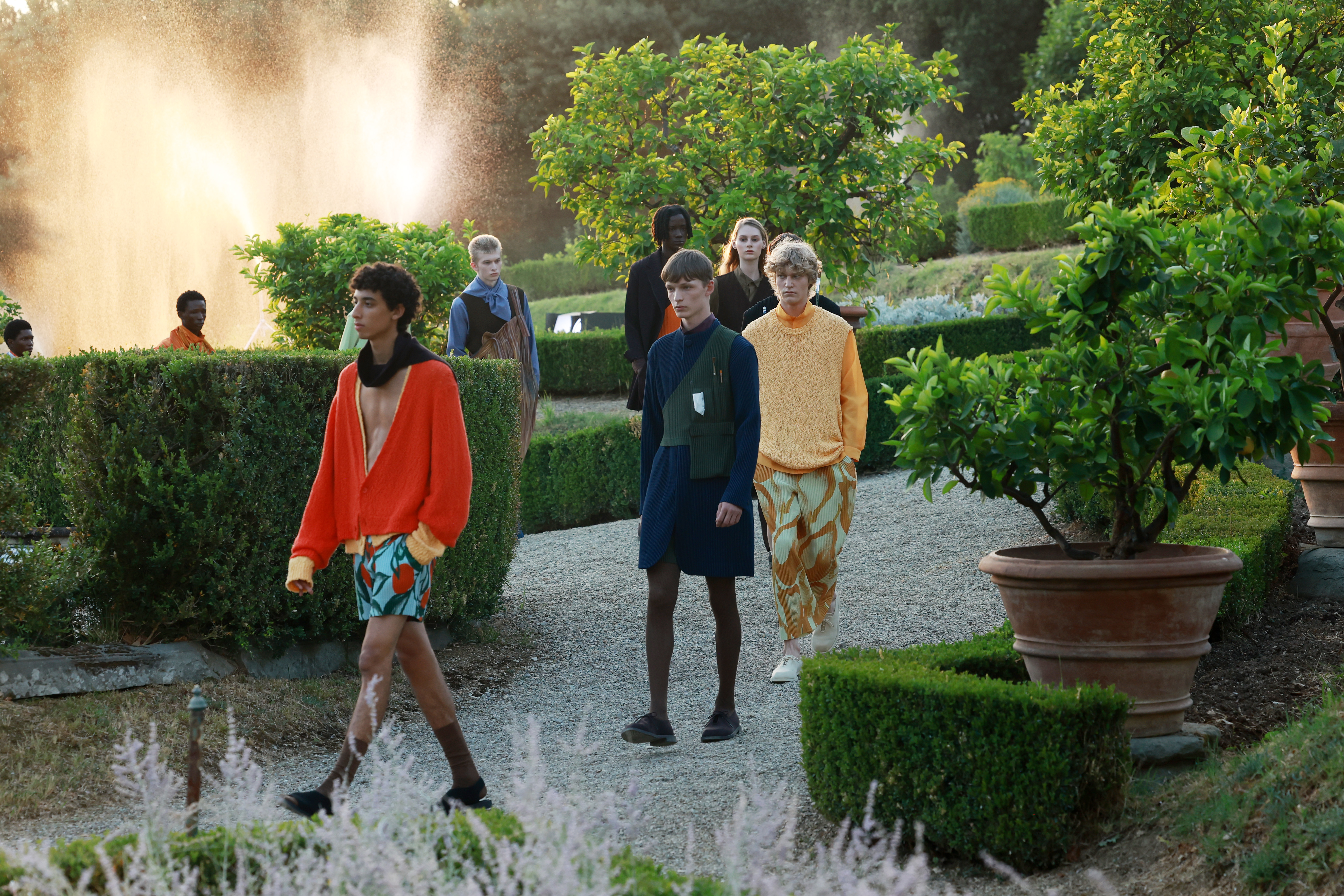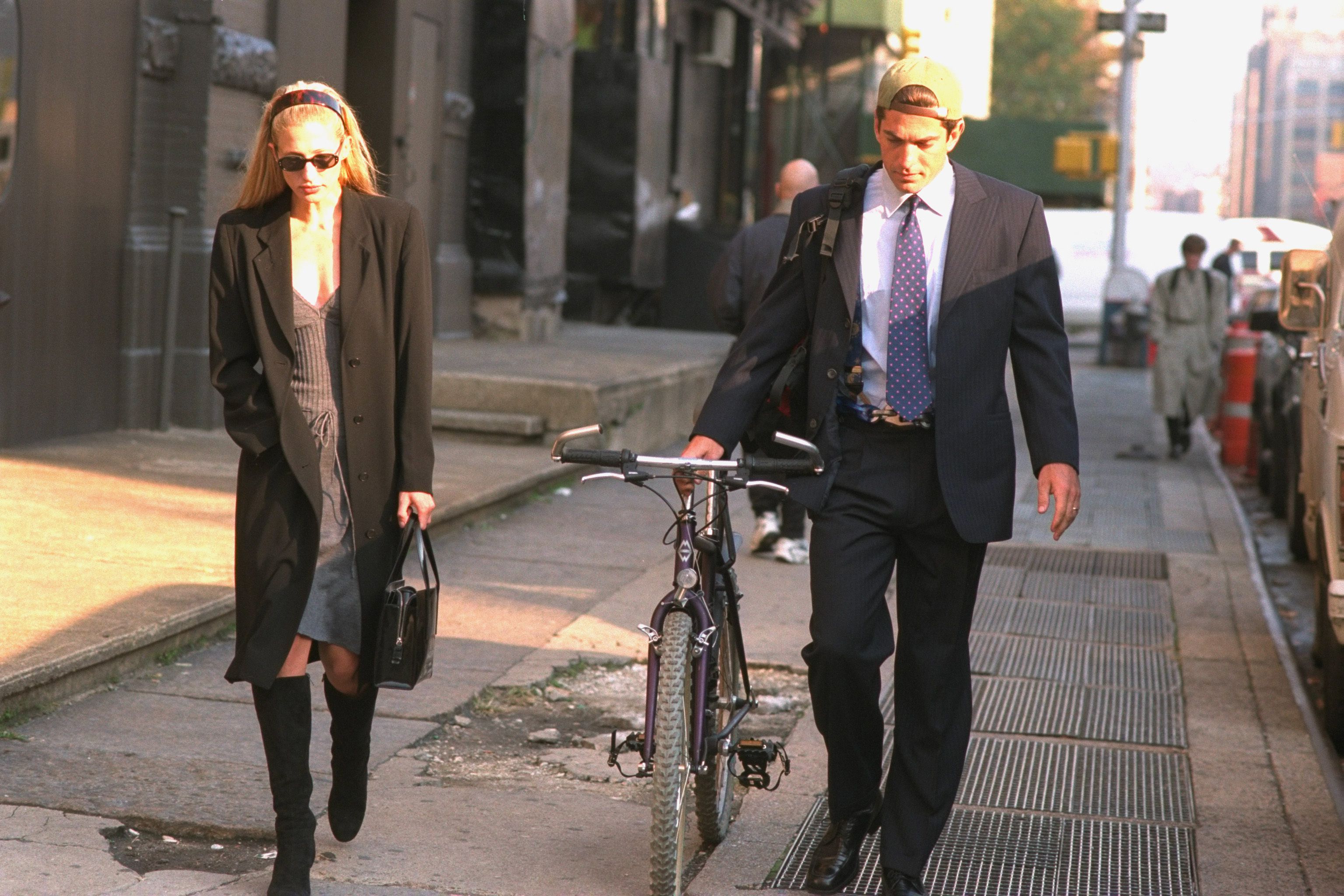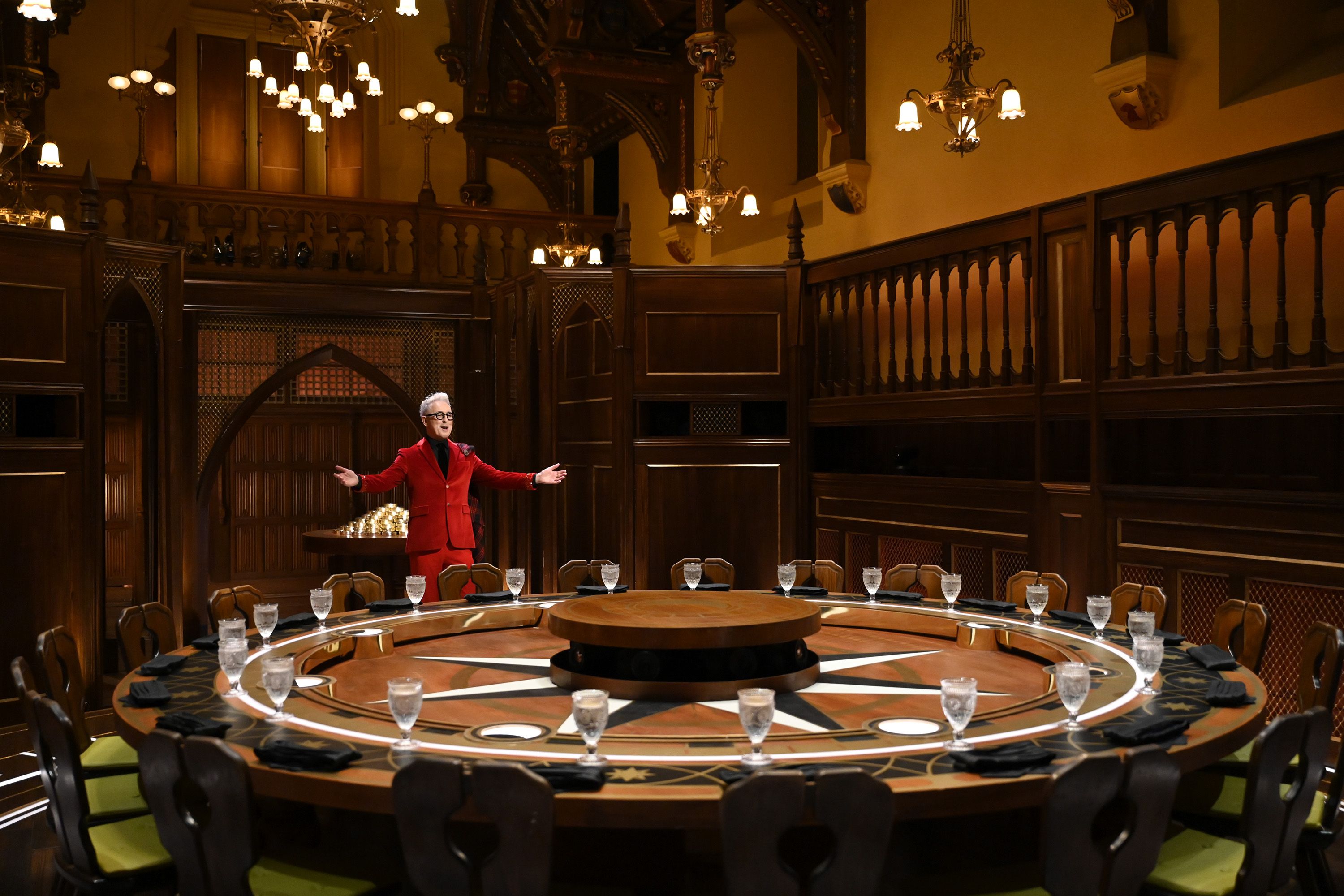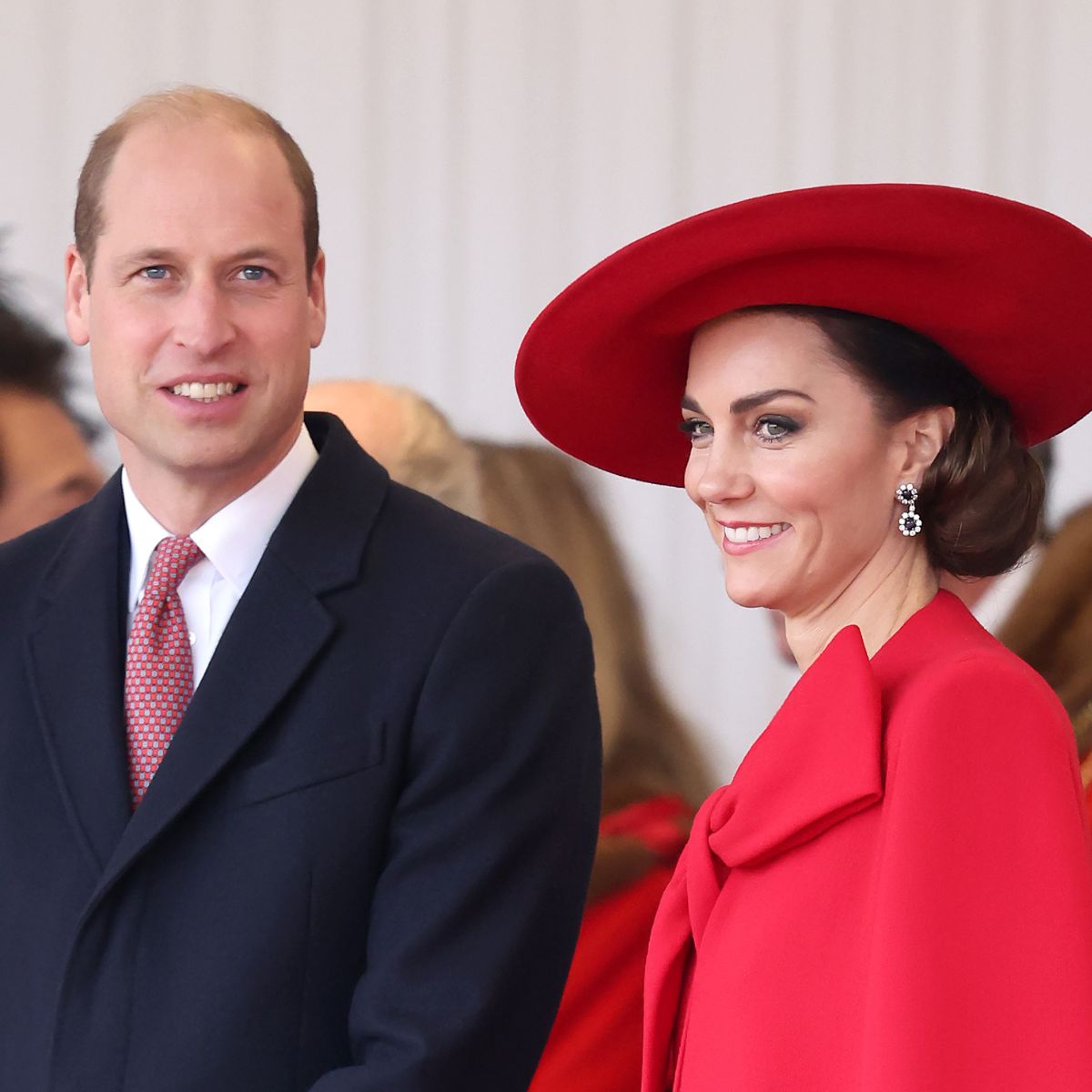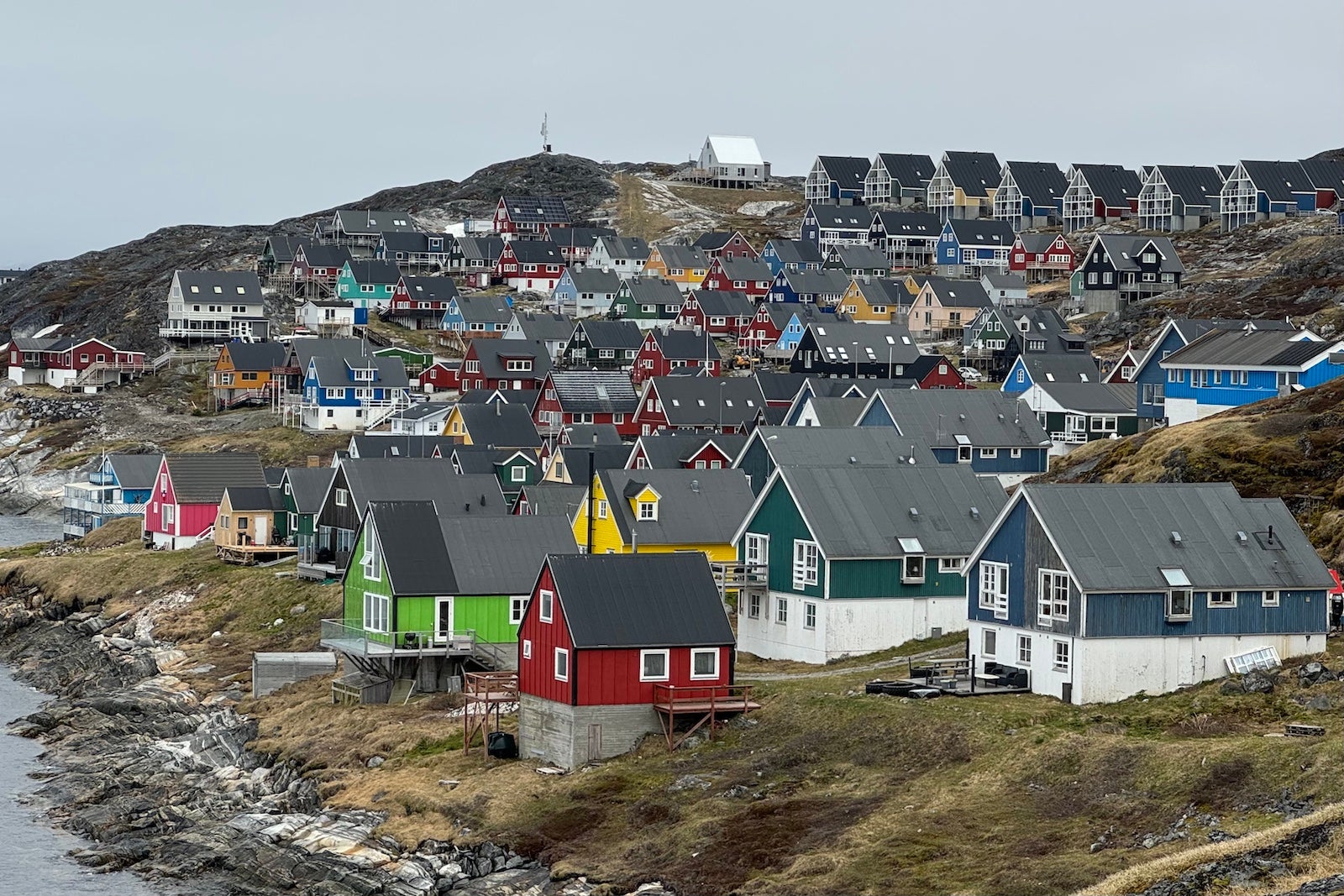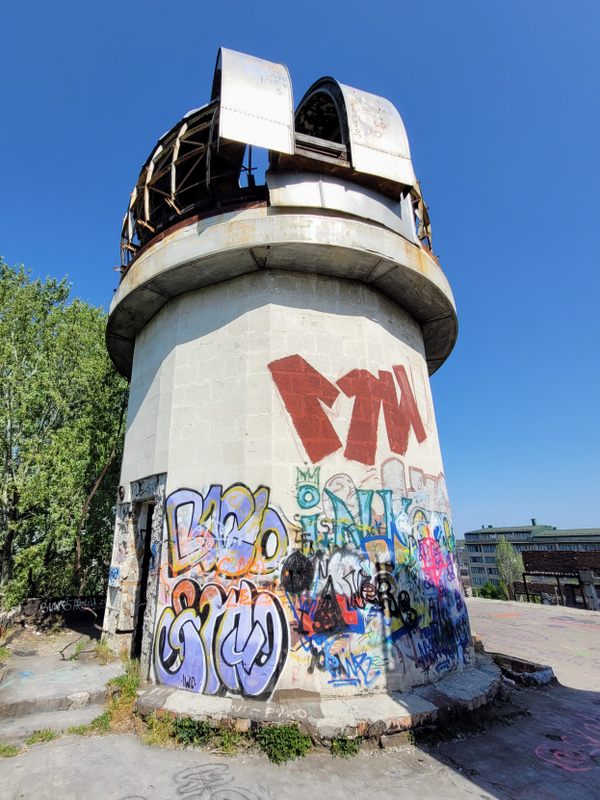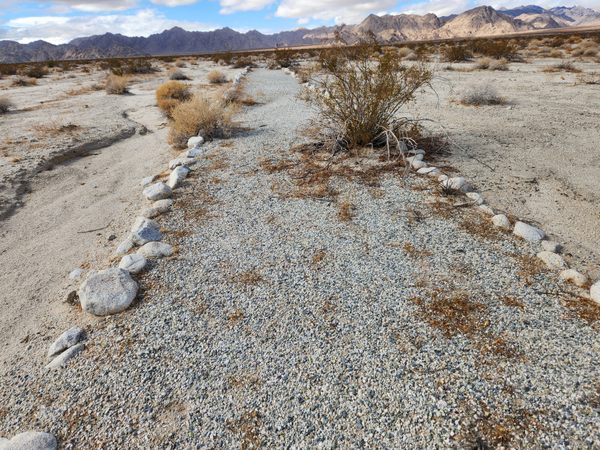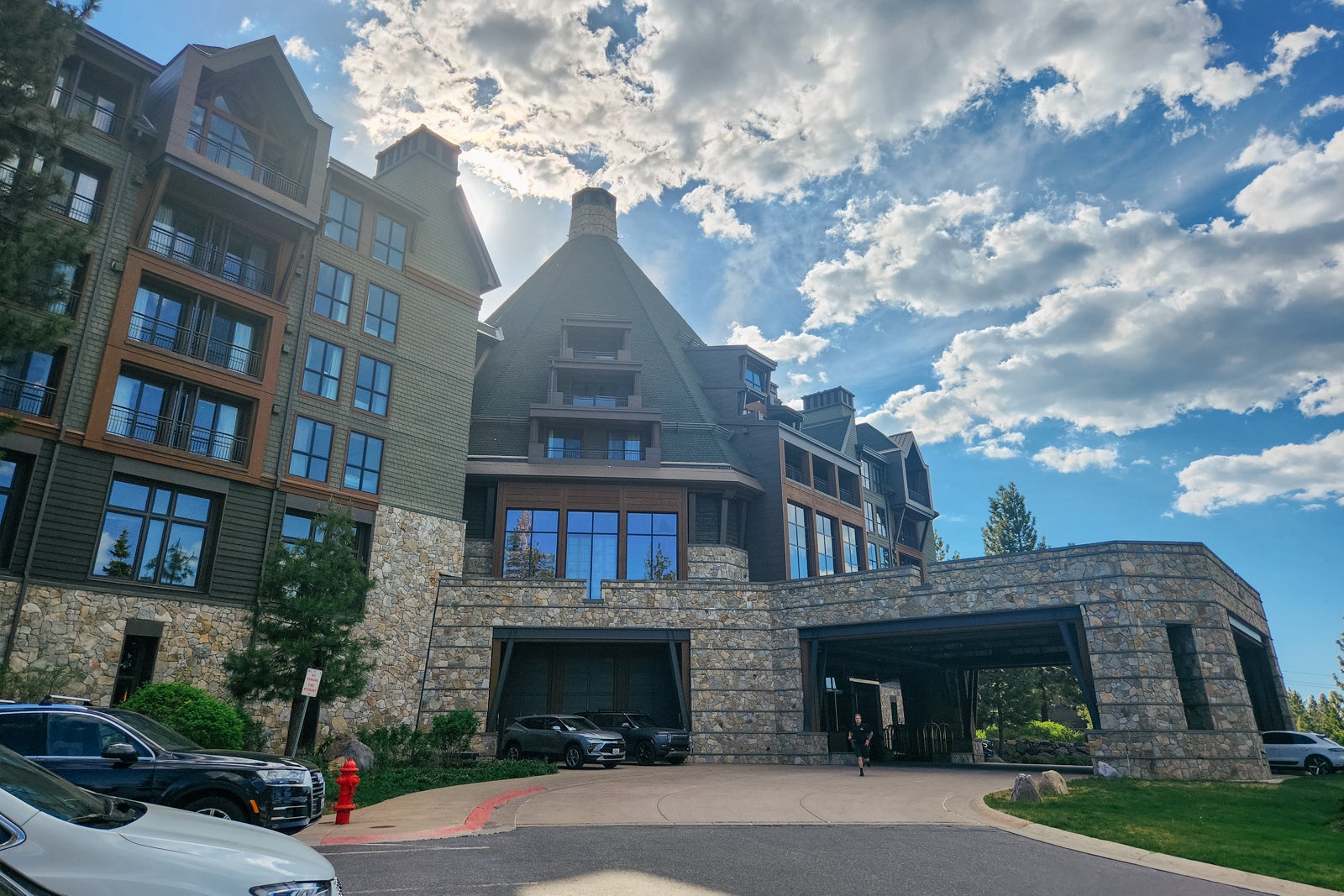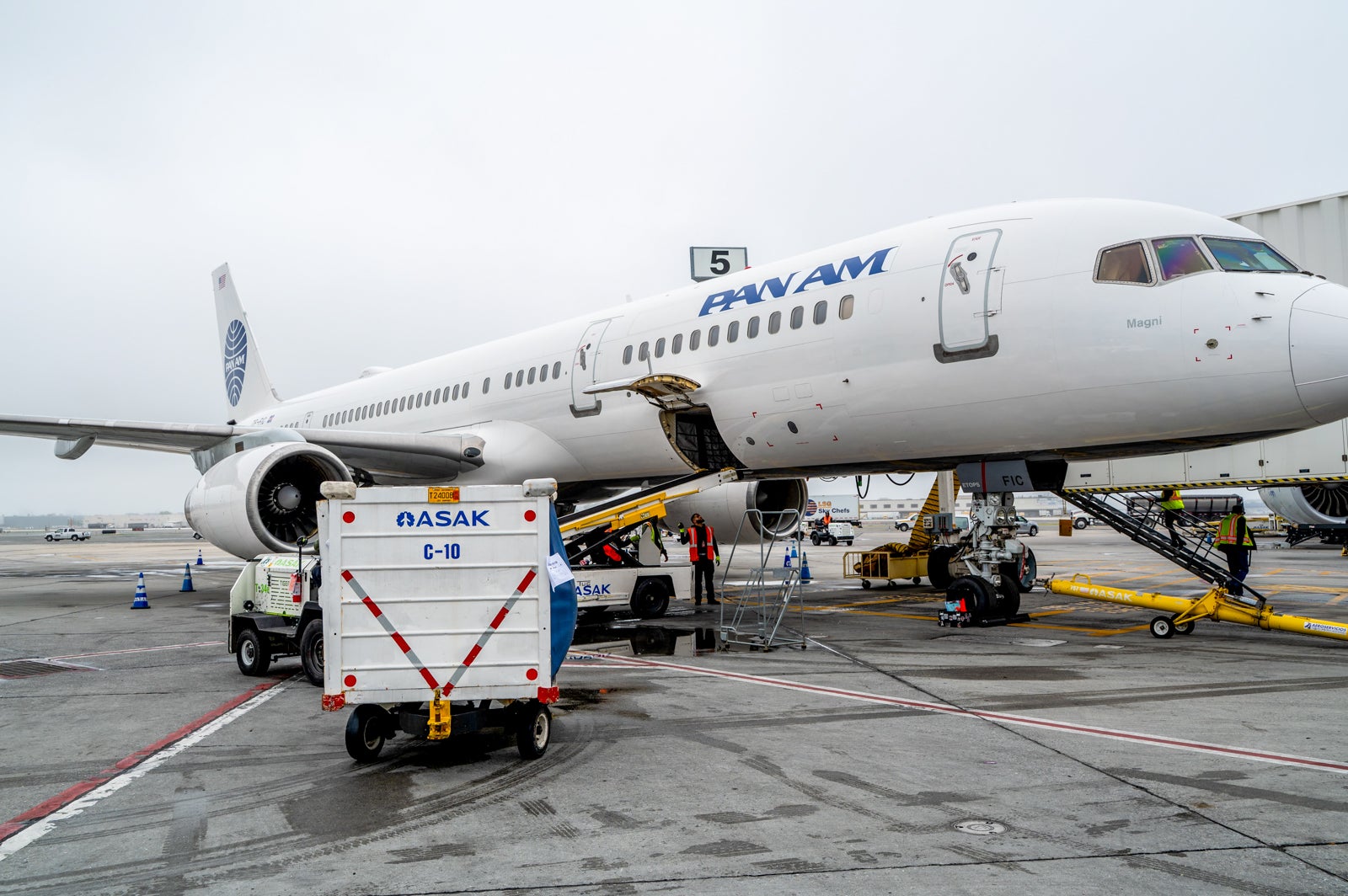Westergasfabriek in Amsterdam, Netherlands
In the 1880s, Amsterdam decided to set up a utility to produce coal gas that could be used for street lighting and for heating people’s homes and businesses. Two facilities, one to the southeast of the city center named Oostergasfabriek and one northwest of the city center named Westergasfabriek, were constructed for this purpose. Westergasfabriek, which opened in 1885, featured multiple buildings, gasholders, and other industrial structures designed by Amsterdam architect Isaac Gosschalk in the Dutch Neo-Renaissance style, and these structures were not only architecturally appealing but also fully functional. The facility would provide coal gas to the city until 1967, when the coal gas was replaced with natural gas. The location was then used for storage for a while by the municipal energy company, but they eventually left the site in 1992. The city wanted to avoid letting squatters move into the complex, so they immediately set up a program where the site would be used for cultural events. These events were so successful that a decision was made to permanently convert the site into a park and cultural venue, and so the site underwent additional renovations as well as some industrial clean-up work. Today, Westergasfabriek is a popular park and cultural complex that gets many visitors from the Amsterdam area (although it potentially gets far fewer international visitors simply because of its location outside the city center). The site now contains various entertainment venues, restaurants, bars, shops, offices, a gym, and even a hotel. The two most notable buildings still standing at the complex are Zuiveringsgebouw and Gashouder Westergas. Zuiveringsgebouw is a long brick building standing alongside the canal on the south side of the site that once contained the site’s gas purification facility, but today it features a theatre and an events venue as well as multiple restaurants and shops. Gashouder Westergas is the last remaining gasholder on the site, and it has been converted into a giant event and concert venue.
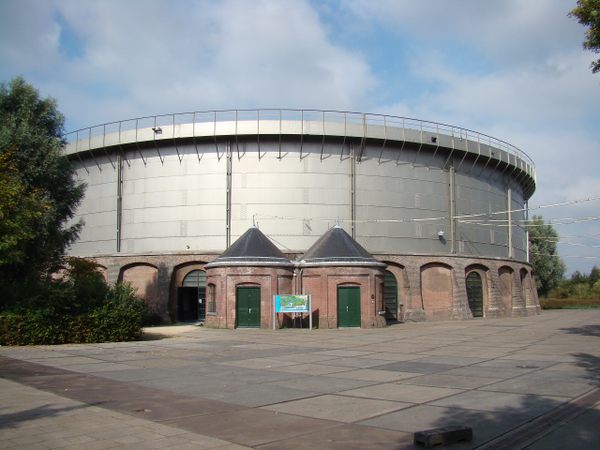

In the 1880s, Amsterdam decided to set up a utility to produce coal gas that could be used for street lighting and for heating people’s homes and businesses. Two facilities, one to the southeast of the city center named Oostergasfabriek and one northwest of the city center named Westergasfabriek, were constructed for this purpose.
Westergasfabriek, which opened in 1885, featured multiple buildings, gasholders, and other industrial structures designed by Amsterdam architect Isaac Gosschalk in the Dutch Neo-Renaissance style, and these structures were not only architecturally appealing but also fully functional. The facility would provide coal gas to the city until 1967, when the coal gas was replaced with natural gas. The location was then used for storage for a while by the municipal energy company, but they eventually left the site in 1992.
The city wanted to avoid letting squatters move into the complex, so they immediately set up a program where the site would be used for cultural events. These events were so successful that a decision was made to permanently convert the site into a park and cultural venue, and so the site underwent additional renovations as well as some industrial clean-up work.
Today, Westergasfabriek is a popular park and cultural complex that gets many visitors from the Amsterdam area (although it potentially gets far fewer international visitors simply because of its location outside the city center). The site now contains various entertainment venues, restaurants, bars, shops, offices, a gym, and even a hotel.
The two most notable buildings still standing at the complex are Zuiveringsgebouw and Gashouder Westergas. Zuiveringsgebouw is a long brick building standing alongside the canal on the south side of the site that once contained the site’s gas purification facility, but today it features a theatre and an events venue as well as multiple restaurants and shops. Gashouder Westergas is the last remaining gasholder on the site, and it has been converted into a giant event and concert venue.
























































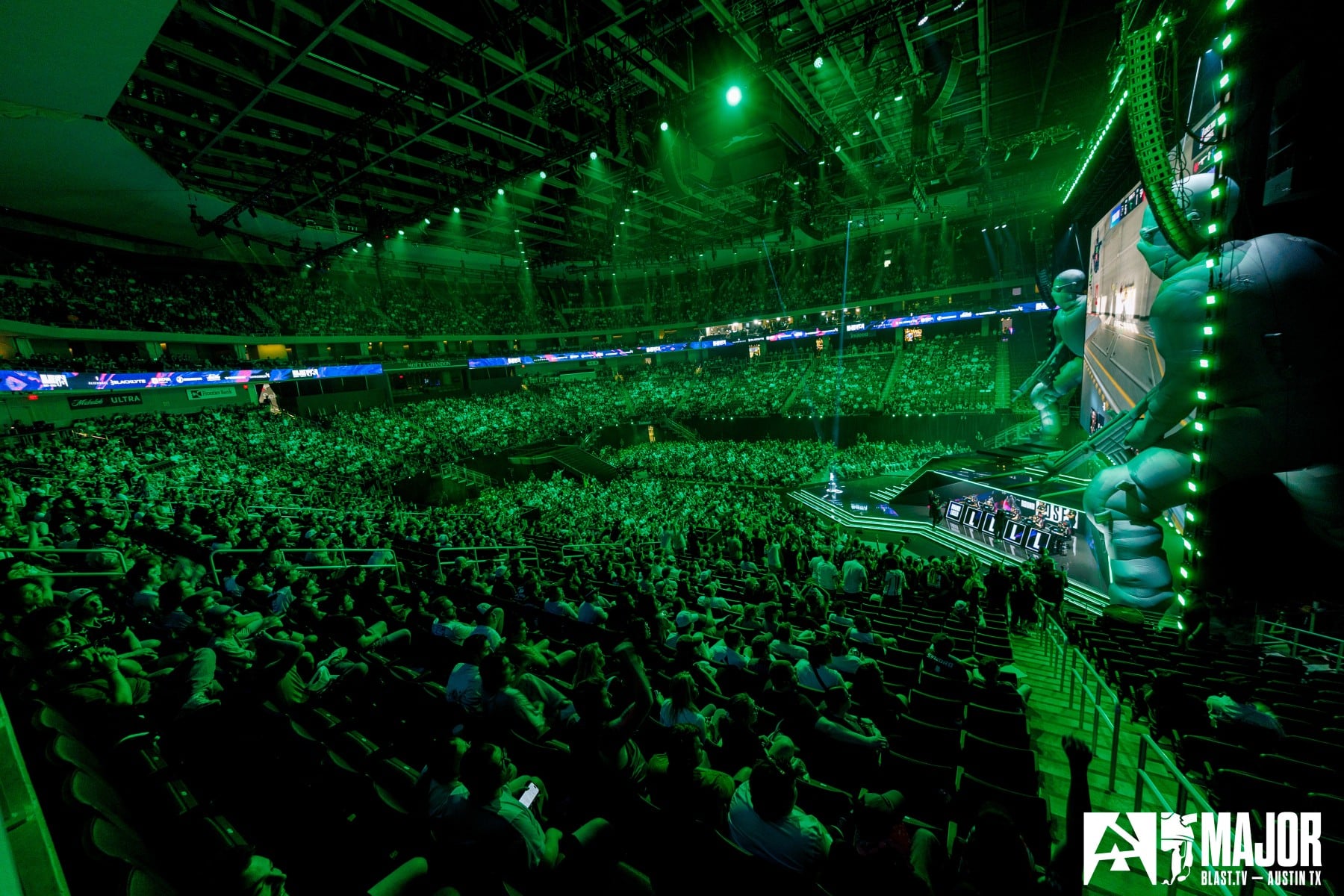







![nqz "I would be lying if I said I don't [feel pressure]. It was so different for me to see all those people and be in a Major playoffs"](https://img-cdn.hltv.org/gallerypicture/kAkShxXB96gCZmlpU-ivfH.jpg?auto=compress&ixlib=java-2.1.0&m=/m.png&mw=107&mx=20&my=474&q=75&w=800&s=935037b04cd96d3e70935ccfb24c348e#)
























